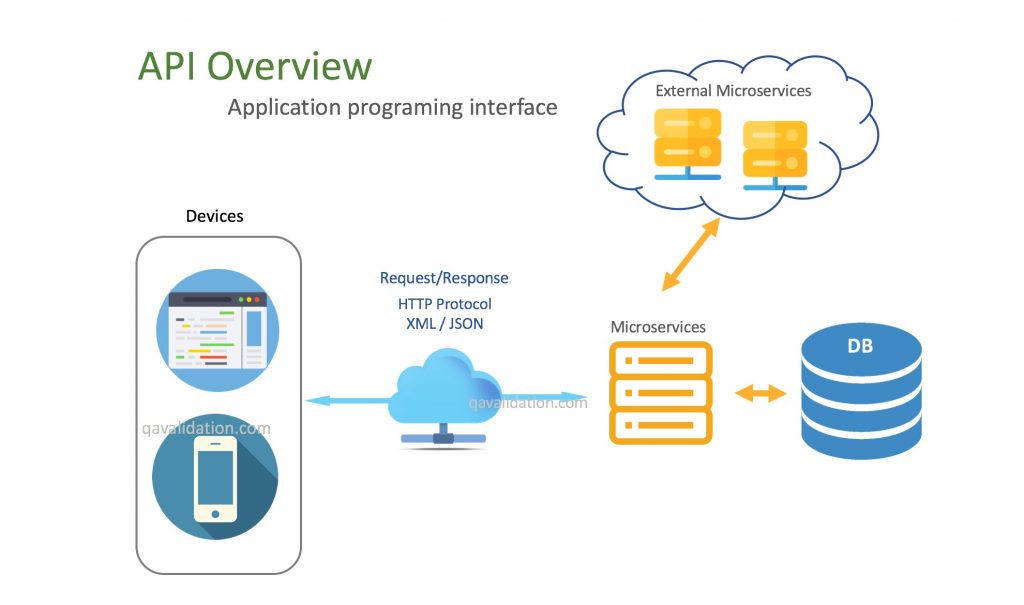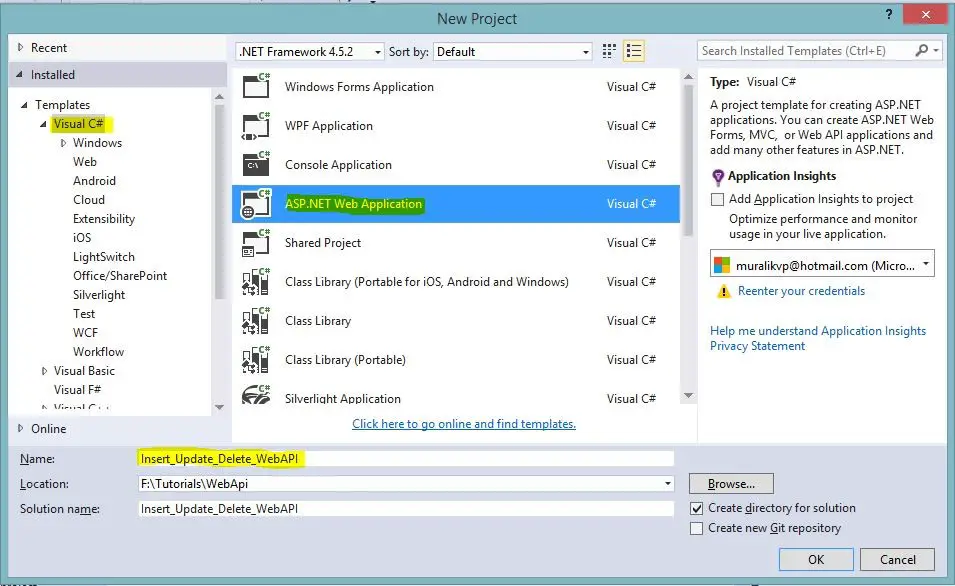Visual Studio And API Development: Best Practices

Executive summary

In this article, we will discuss various best practices for API development in Visual Studio. We will cover topics such as architectural considerations, design patterns, testing strategies, and security measures. By following these best practices, you can improve the quality and efficiency of your API development process and deliver high-quality, robust, and secure APIs.

Introduction: Using Visual Studio in API Development
Visual Studio is a popular and powerful integrated development environment (IDE) that supports the development of various types of applications, including APIs. It offers a comprehensive set of features and functionalities to streamline the API development process, such as code editing, debugging, testing, and integration with source control systems.
Architectural Considerations
When developing APIs, it is important to consider the following architectural considerations:
1. API Design Principles: Adhere to API design principles such as the REST architectural style, which emphasizes resource-oriented design and uniform interface.
2. Layered Architecture: Adopt a layered architecture pattern to separate different concerns, such as data access, business logic, and presentation logic, into distinct layers.
3. Microservices Architecture: Consider using a microservices architecture to break down the API into smaller, independent services, which can be developed and deployed individually.
4. Scalability and Performance: Design the API with scalability and performance in mind, including considerations for load balancing, caching, and content delivery networks (CDNs).
5. Security Considerations: Implement security measures such as authentication, authorization, and data encryption to protect the API from unauthorized access and attacks.
Design Patterns
Design patterns offer proven solutions to common software design problems. Some key patterns for API development include:
1. Model-View-Controller (MVC): Separate the API into three distinct layers: the model (data), the view (presentation), and the controller (business logic).
2. Representational State Transfer (REST): Follow REST principles to design a resource-oriented API with a uniform interface.
3. Domain-Driven Design (DDD): Use DDD to derive API design from business concepts and domain models, resulting in a more cohesive and maintainable design.
4. Service-Oriented Architecture (SOA): Develop APIs as independent services that communicate with each other, enabling loose coupling and easier integration with other systems.
5. Event-Driven Architecture (EDA): Design APIs that can produce and consume events, enabling asynchronous communication and real-time data processing.
Testing Strategies
Testing is crucial for ensuring the quality and reliability of your API. Key testing strategies include:
1. Unit Testing: Perform unit tests to verify the functionality of individual API components and methods.
2. Integration Testing: Conduct integration tests to test the interaction between different components and layers of the API.
3. Performance Testing: Run performance tests to assess the API’s response time, scalability, and resource consumption under various load conditions.
4. Security Testing: Perform security testing to identify vulnerabilities and ensure the API is protected from malicious attacks.
5. End-to-End Testing: Execute end-to-end tests to simulate real-world scenarios and verify the API’s functionality from the perspective of the end user.
Security Measures
Implementing robust security measures is essential for protecting APIs from unauthorized access and attacks. Key security considerations include:
1. Authentication and Authorization: Implement authentication mechanisms to verify the identity of users and authorization mechanisms to control access to API resources.
2. Data Encryption: Encrypt sensitive data at rest and in transit to protect it from unauthorized access.
3. Input Validation: Validate user input to prevent malicious attacks such as cross-site scripting (XSS) and SQL injection.
4. Rate Limiting: Implement rate limiting mechanisms to prevent abuse of the API and protect against denial-of-service (DoS) attacks.
5. Secure Coding Practices: Follow secure coding practices to avoid common vulnerabilities such as buffer overflows and memory leaks.
Conclusion
By following the best practices outlined in this article, you can significantly improve the quality, efficiency, and security of your API development process in Visual Studio. Embrace architectural principles, design patterns, testing strategies, and security measures to deliver robust, scalable, and secure APIs that meet the needs of your users and business requirements.
Keyword phrase tags:
- Visual Studio API development
- Best practices for API development
- API design principles
- Testing strategies for APIs
- Security measures for APIs

Amazin! VS is the top-notch IDE for API dev. Its built-in assist for RESTful web services is a lifesaver. And don’t forget about unit testing – VS makes it a breeze. Overall, VS is the perfect companion for API development. Highly recommended!
VS? More like a buggy mess. The REST support is flakey and the unit testing is a joke. And don’t even get me started on the endless stream of errors and crashes. I’ve wasted countless hours trying to get VS to work properly. Avoid it at all costs!
VS offers solid support for API development. The REST templates and unit testing integration are particularly useful. But it’s important to note that no IDE is perfect. VS can be a bit slow and resource-intensive, especially for large projects. Consider your specific needs and preferences when choosing an IDE.
VS is great for beginners, but experienced developers will find its limitations frustrating. The code generation is limited and the refactoring tools are often buggy. And let’s not forget the terrible debugging experience. There are far better IDEs out there for serious API development.
Wow, VS is the best IDE for API development. Just kidding! It’s a bloated, buggy nightmare that will drive you insane. But hey, at least it has a pretty interface. If you value your sanity, stay far away from VS.
Oh, VS is the best, alright. The best way to ruin your day. The REST support is so unreliable, you’ll spend more time debugging than coding. And the unit testing? Don’t even get me started. It’s like a toddler trying to solve a Rubik’s cube. Do yourself a favor and use something else.
VS is like a rollercoaster: it has its ups and downs. The REST support is great, but the unit testing is a bit of a joke. And don’t forget the random crashes that will make you want to throw your computer out the window. But hey, at least the error messages are entertaining. Overall, VS is a mixed bag. Use it at your own risk.
I love VS for API development! It’s so easy to use and the features are amazing. The REST support is top-notch and the unit testing integration is super helpful. Plus, the debugging tools are really powerful. I highly recommend VS to anyone who is developing APIs.
VS is okay, I guess. The REST support is decent, but the unit testing is lacking. And I’ve had some issues with the debugging tools. Overall, it’s a solid IDE, but there are better options out there.
VS has its pros and cons. The REST support is excellent and the unit testing integration is useful. However, the IDE can be slow and resource-intensive, especially for large projects. Additionally, some of the features can be buggy at times. Overall, VS is a solid choice for API development, but it’s important to be aware of its limitations.